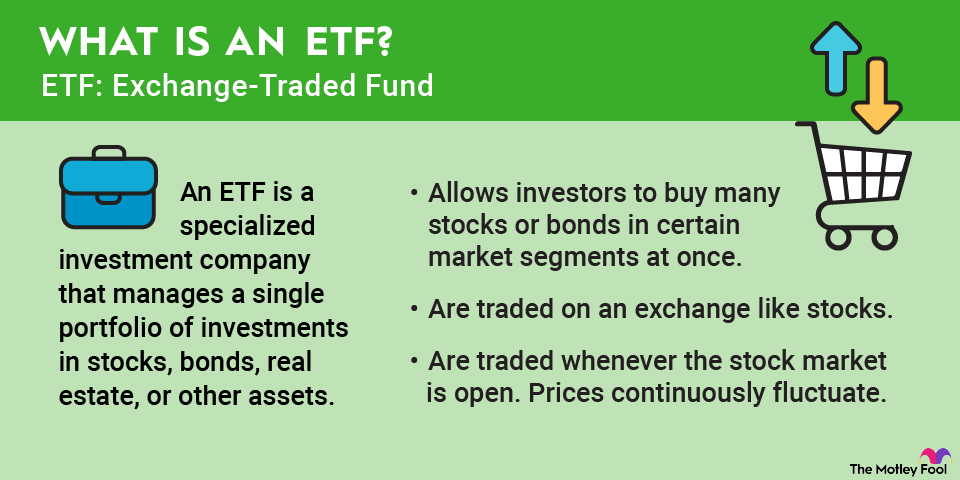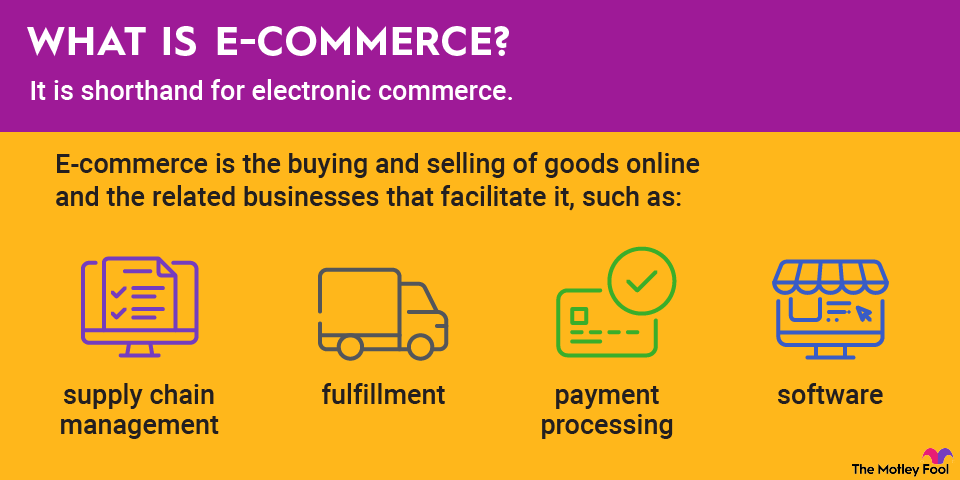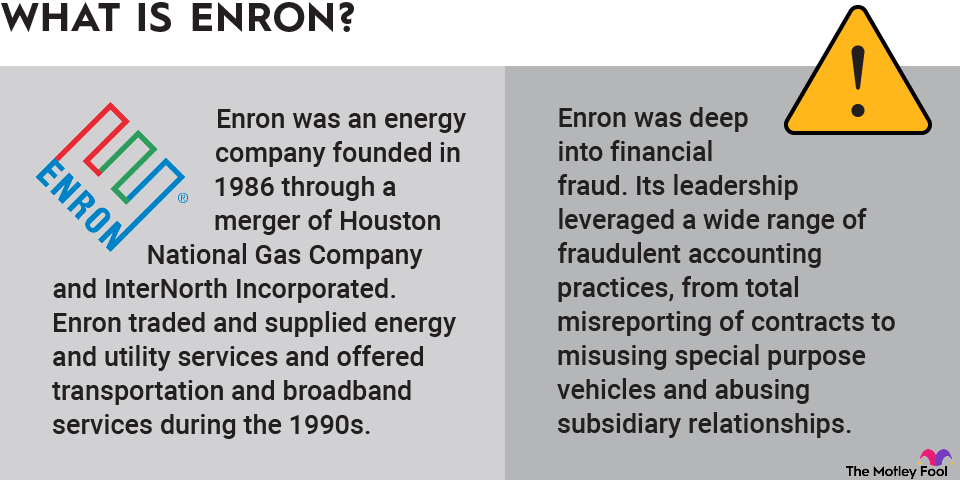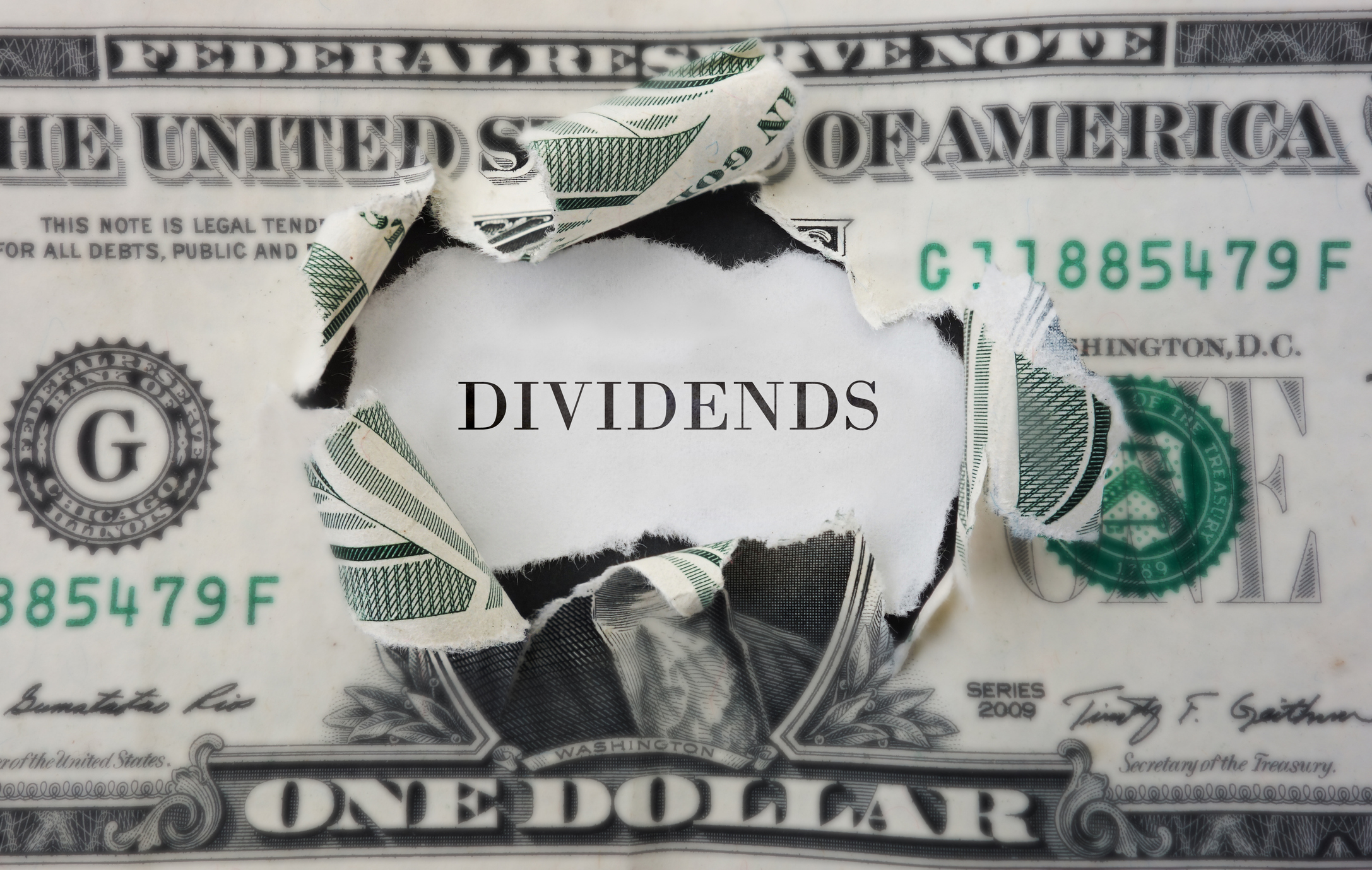The acronym EBITDA stands for earnings before interest, taxes, depreciation, and amortization. EBITDA is a useful metric for understanding a business's ability to generate cash flow for its owners and for judging a company's operating performance.
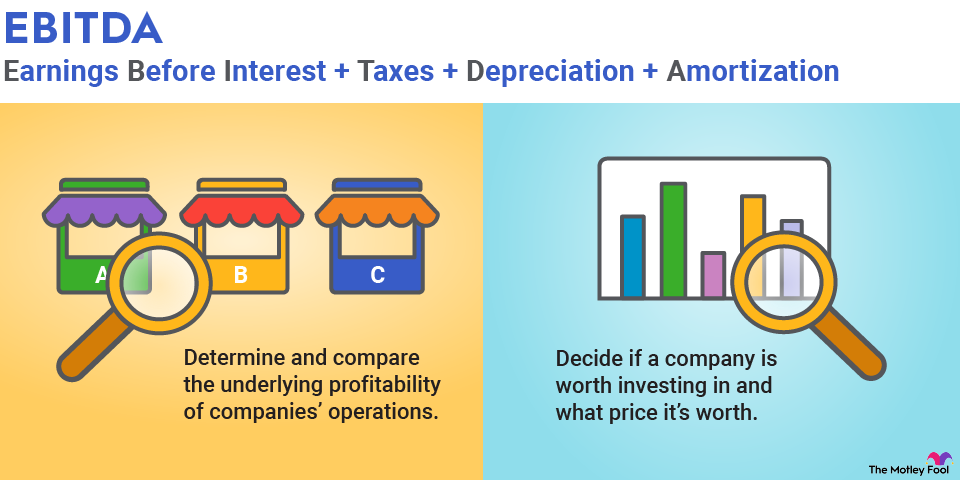
Why EBITDA matters
EBITDA is an earnings metric that is capital-structure neutral, meaning it doesn't account for the different ways a company may use debt, equity, cash, or other capital sources to finance its operations. It also excludes non-cash expenses like depreciation, which may or may not reflect a company's ability to generate cash that it can pay back as dividends.
Additionally, it excludes taxes, which can vary from one period to the next and are affected by numerous conditions that may not be directly related to a company's operating results.
Amortization
Overall, EBITDA is a handy tool for normalizing a company's results so you can more easily evaluate the business. To be clear, EBITDA is not a substitute for other metrics such as net income. After all, the items excluded from EBITDA -- interest, taxes, and non-cash expenses -- are still real items with financial implications that should not be dismissed or ignored.
EBITDA is often most useful for comparing two similar businesses or trying to determine a company's cash flow potential.
How to calculate EBITDA
EBITDA is very simple to calculate. Start with a company's annual SEC Form 10-K or quarterly 10-Q report filed with the U.S. Securities and Exchange Commission. Go to the operating statement, and you will find line items for all of the items in EBITDA:
- Earnings (net income or net loss)
- Interest expense (sometimes also interest income)
- Income tax expense (sometimes also tax credit)
- Depreciation and amortization (typically combined but sometimes as separate line items)
Next, add up all the line items that are expenses, subtract any line items that are income (such as interest income), then add the total to the net income (or net loss) figure. The result is earnings before interest, taxes, depreciation, and amortization, or EBITDA. In other words, you're adding any expenses from these categories to (and subtracting any gains from) the company's net income.
Note: Many companies also report adjusted EBITDA. This is not the same thing as EBITDA since it includes additional expenses such as stock issuance, nonrecurring expenses, and other material items that affect the results. While adjusted EBITDA can be useful, it can also be used by company management to support a narrative that frames the company in the best light while disregarding items investors should factor into their analysis and not ignore.
The limitations of EBITDA
EBITDA can be a useful tool for better understanding a company's underlying operating results, comparing it to similar businesses, and understanding the impact of the company's capital structure on its bottom line and cash flows.
However, using EBITDA incorrectly can have a negative impact on your returns. EBITDA should not be used exclusively as a measure of a company's financial performance, nor should it be a reason to disregard the impact of a company's capital structure on its financial performance.
EBITDA should be considered one tool among many in your financial analysis tool belt. The example below helps explain why relying solely on EBITDA can be a mistake.
Why EBITDA: An example
Suppose you wanted to evaluate two businesses. To keep this example easy to follow, we will compare two lemonade stands with similar revenues, equipment and property investments, taxes, and costs of production. But they'll have big differences in how much net income they generate due to differences in their capital structures.
Lemonade Stand A was funded entirely by equity. Lemonade Stand B primarily uses debt to fund its operations. The only difference between them is how they choose to finance these assets -- one with debt, one with equity.
Income statements for these two lemonade stands appear below.
Lemonade Stand A | |
|---|---|
Revenue | $1,000 |
Cost of Goods Sold | $200 |
Interest Expense | $0 |
Depreciation of Lemonade Stand | $50 |
Income Before Taxes | $750 |
Net Income (35% tax rate) | $487.50 |
EBITDA | $800 |
Note that Lemonade Stand A earned $487.50 in net income, while EBITDA was $800 in the example year.
Lemonade Stand B | |
|---|---|
Revenue | $1,000 |
Cost of Goods Sold | $200 |
Interest Expense ($1,500 at 10% interest) | $150 |
Depreciation of Lemonade Stand | $50 |
Income Before Taxes | $600 |
Net Income (35% tax rate) | $390 |
EBITDA | $800 |
Because Lemonade Stand B uses substantially more debt ($1,500 at 10% interest) to finance its operations, it is less profitable in terms of net income ($390 in profits versus $487.50). However, when compared on the basis of EBITDA, the lemonade stands are equal, each producing $800 in EBITDA from $1,000 in sales last year.
What's the lesson here? By looking at EBITDA, we can determine the underlying profitability of a company's operations, allowing for easier comparison to another business. Then we can take those results and gain a deeper understanding of the impact of a company's capital structure, e.g., debt and capital expenditures, as well as differences in taxes (particularly if the companies operate in different places) on the company's actual profits and cash flows.
Related investing topics
Doing all that can go a long way toward helping you decide if a company is worth investing in and what price it's worth. In the example above, Lemonade Stand A would be worth more to investors since it is able to turn more of its EBITDA into net income. Lemonade Stand B isn't as profitable because of its debt expense, so investors should be compensated by paying a lower stock price.
